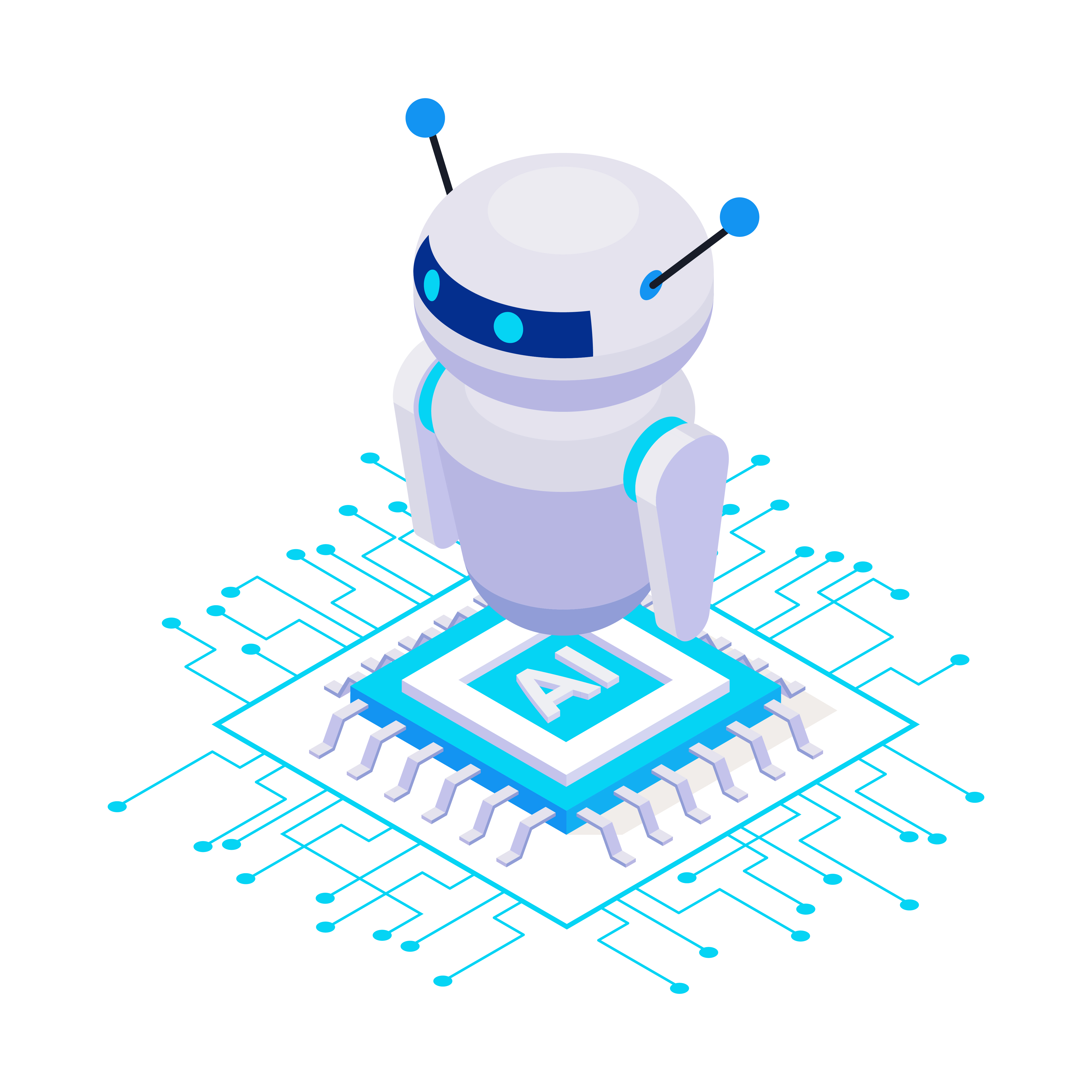Translating Characters: The Art of ASCII to Binary Conversion
Deciphering ASCII: A Guide to ASCII to Binary Conversion
Introduction:
- Introduce the concept of ASCII to binary conversion and its significance in computer science, data encoding, and digital communication.
- Highlight how ASCII encoding allows text characters to be represented as binary data, enabling seamless interoperability between computers and devices.
Understanding ASCII to Binary Conversion:
- Explain the process of converting ASCII characters into their corresponding binary representations using the ASCII (American Standard Code for Information Interchange) encoding scheme, where each character is represented by a unique 7-bit binary code.
- Discuss the importance of ASCII encoding in text-based communication and data storage, and its widespread adoption in computing systems worldwide.
Methods of ASCII to Binary Conversion:
- Manual Conversion: Provide step-by-step instructions on how to manually convert ASCII characters to binary data using ASCII conversion charts or tables.
- Online Tools and Converters: Introduce online tools and converters that automate the ASCII to binary conversion process, making it quick and convenient for users.
- Programming Techniques: Discuss how ASCII to binary conversion can be implemented programmatically using programming languages like Python, Java, or C++.
Practical Applications and Use Cases:
- Explore real-world applications of ASCII to binary conversion, such as data transmission over networks, file encoding, and digital forensics.
- Highlight how ASCII encoding facilitates the exchange of textual information in various contexts, including email communication, document processing, and web development.
Tips and Tricks for ASCII to Binary Conversion:
- Share tips for effectively converting ASCII characters to binary data, including methods for encoding special characters and managing different character encodings.
- Provide examples of common challenges and pitfalls to avoid when performing ASCII to binary conversion, such as handling non-printable characters and managing character set discrepancies.
Beyond ASCII to Binary:
- Discuss advanced topics related to character encoding and data representation, such as Unicode encoding, UTF-8, and UTF-16, and their implications for internationalization and multilingual text processing.
- Explore alternative encoding schemes and their applications in specific contexts, such as Base64 encoding for binary data transmission over non-text channels.
Conclusion:
- Summarize the key takeaways from the blog post, emphasizing the importance of ASCII to binary conversion in digital communication and data processing.
- Encourage readers to explore ASCII encoding further and experiment with converting text data to binary in their own projects and learning endeavors.
Additional Resources:
- Provide links to additional resources, including ASCII to binary conversion tools, ASCII encoding references, and programming tutorials, for readers interested in further exploring this topic.
Tags
binary
converting characters to ascii values
convert characters into ascii
python bytes to string conversion
string to ascii conversion
ascii of characters
java program to print ascii value of a character
ascii value of all characters
char to ascii
convert ascii to character in python
python program to convert character to ascii
convert ascii code to character
convert character or letter to ascii python
binary numbers
convert ascii number to char in python
